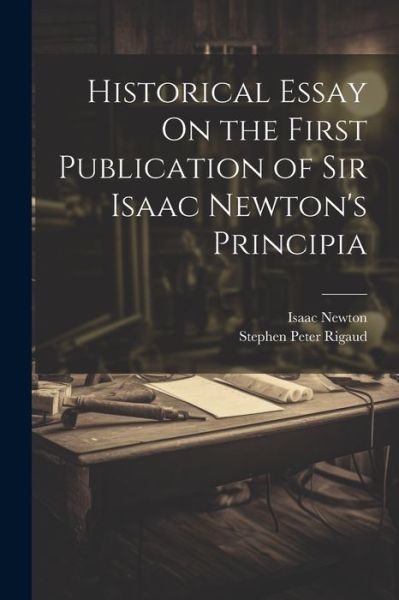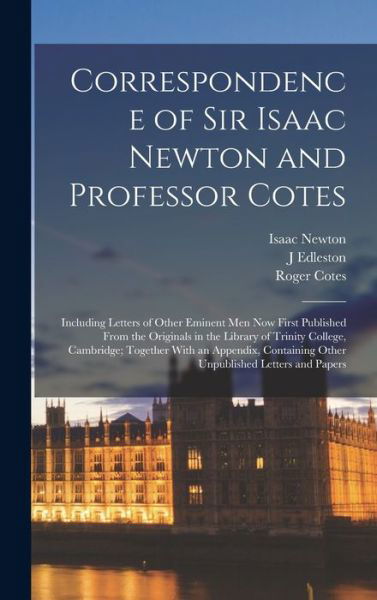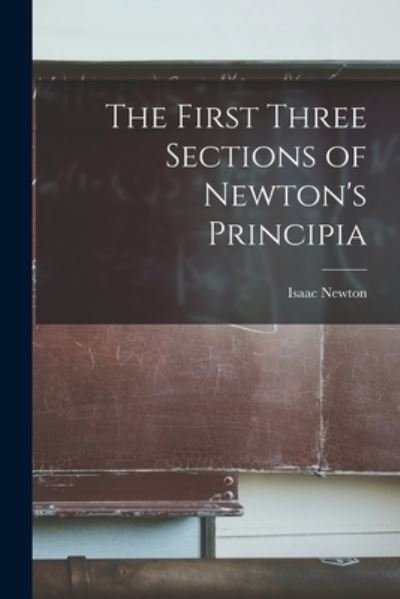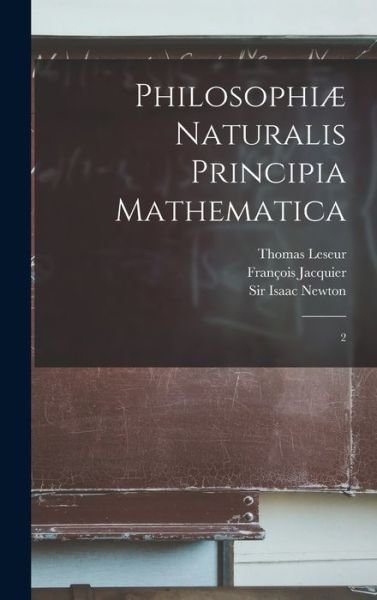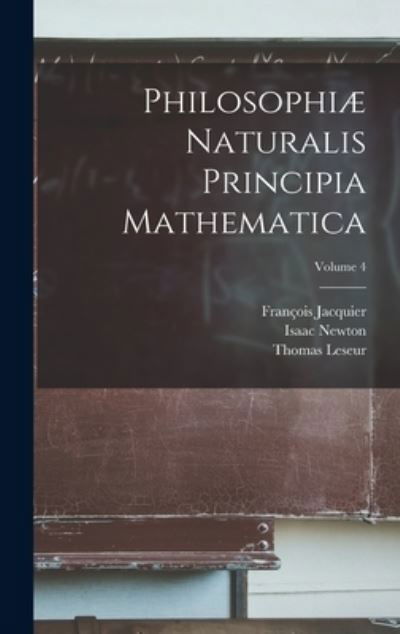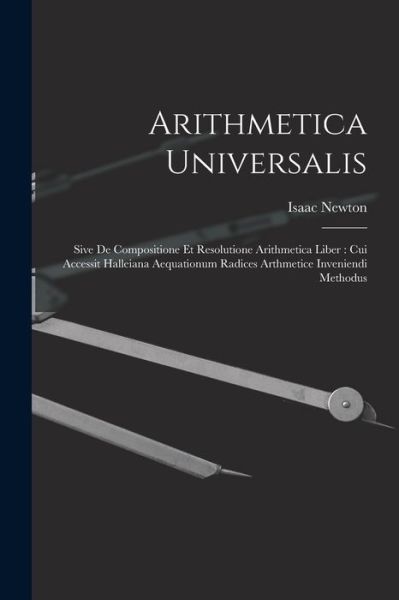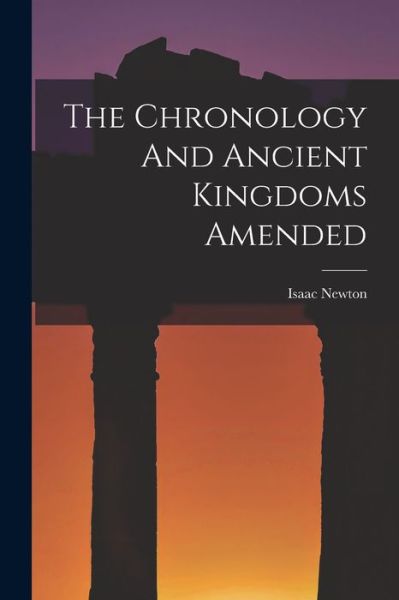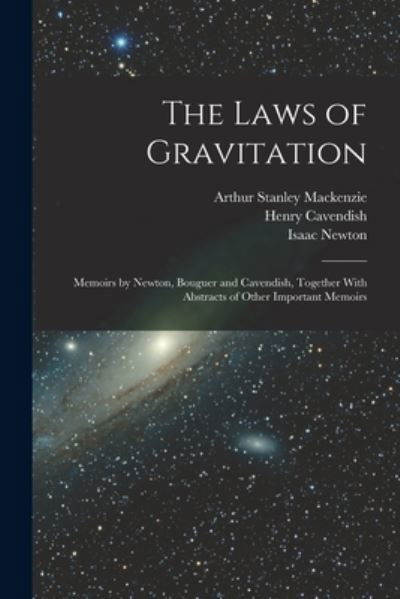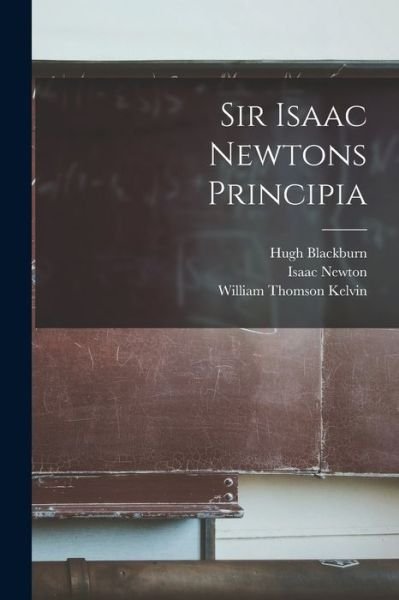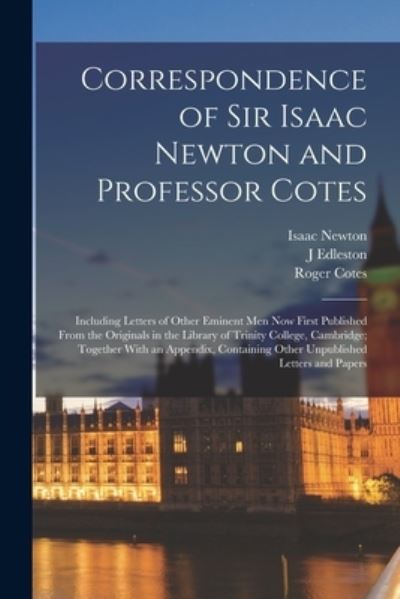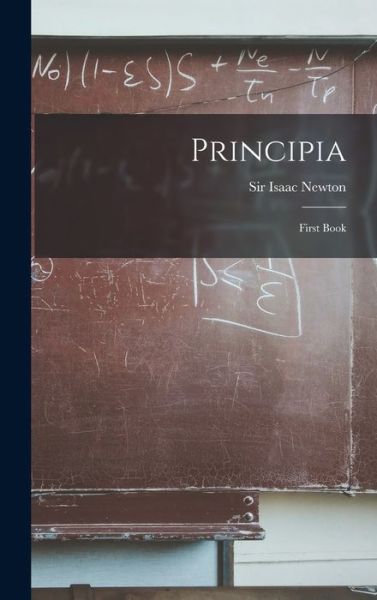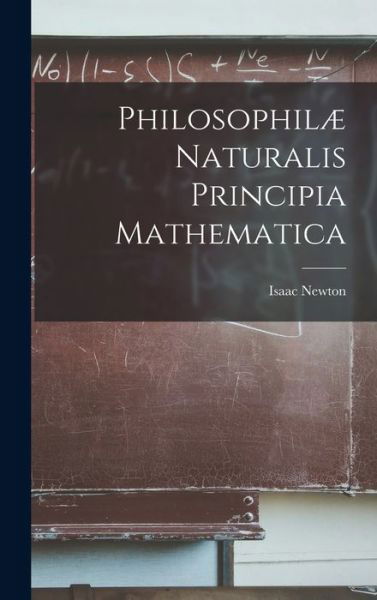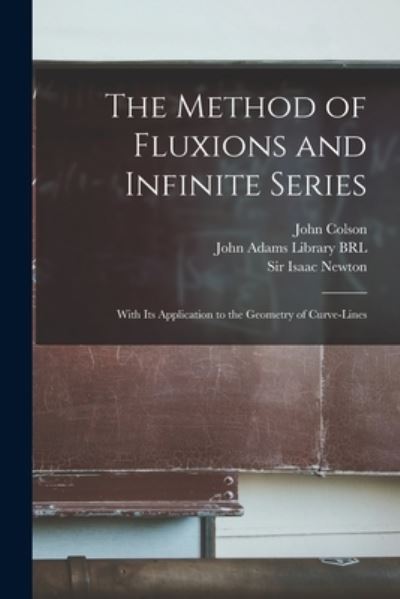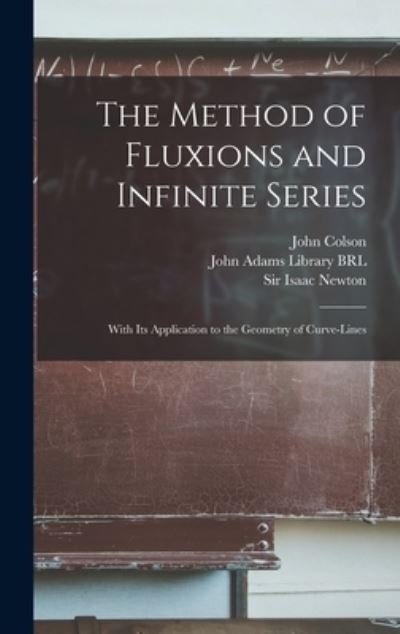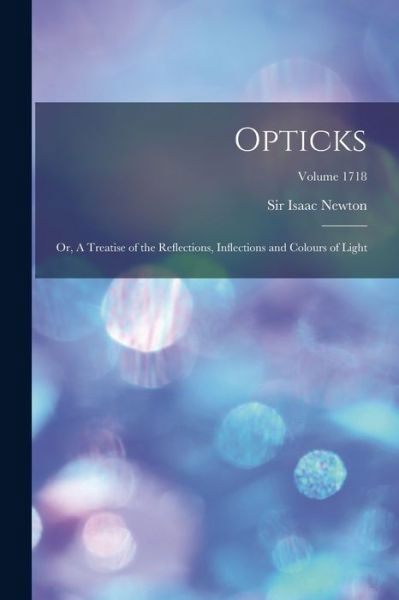
Recomienda este artículo a tus amigos:
Newton's Principia
Isaac Newton
Newton's Principia
Isaac Newton
It was Isaac Newton's Principia that founded the law of universal gravitation on 5th July 1687. It is the same principia that inspired Albert Einstein into formulating the Einstein field equations (the general relativity theory). It is still the same principia, I believe, will lead us to the quantum theory of gravity (Quantum gravity) According to Newton's Principia, the force of gravity governs the movement of bodies in the solar system. It is this simple mathematical law which determines the motion of bodies. The force of gravity accurately predicts the planetary orbits, it was used to put the first man on the moon, it predicts the return of comets, the rotation of galaxies, the solar eclipses, artificial satellites, satellite communications and television, the GPS and interplanetary probes. I almost forgot, it is why NASA was established in the first place. The book has an active table of contents for readers to access each chapter, LIFE OF SIR ISAAC NEWTONxivBOOK I.1THE MATHEMATICAL PRINCIPLES OF NATURAL PHILOSOPHY.1AXIOMS, OR LAWS OF MOTION.20OF THE MOTION OF BODIES.43SECTION II.65Of the Invention of Centripetal Forces.65SECTION III.91Of the motion of bodies in eccentric conic sections.91SECTION IV.110Of the finding of elliptic, parabolic, and hyperbolic orbits, from the focus given.110SECTION V.123How the orbits are to be found when neither focus is given.123SECTION VI.171How the motions are to be found in given orbits.171SECTION VII.183Concerning the rectilinear ascent and descent of bodies.183SECTION VIII.202Of the invention of orbits wherein bodies will revolve, being acted upon by any sort of centripetal force.202SECTION IX.212Of the motion of bodies in moveable orbits; and of the motion of the apsides.212SECTION X.230Of the motion of bodies in given superficies, and of the reciprocal motion of funependulous bodies.230SECTION XI.255Of the motions of bodies tending to each other with centripetal forces.255SECTION XII.300Of the attractive forces of sphærical bodies.300SECTION XIII.333Of the attractive forces of bodies which are not of a sphærical figure.333SECTION XIV.353Of the motion of very small bodies when agitated by centripetal forces tending to the several parts of any very great body.353BOOK II.365OF THE MOTION OF BODIES.365SECTION I.365Of the motion of bodies that are resisted in the ratio of the velocity.365SECTION II.381Of the motion of bodies that are resisted in the duplicate ratio of their velocities.381SECTION III.421Of the motions of bodies which are resisted partly in the ratio of the velocities, and partly in the duplicate of the same ratio.421SECTION IV.436Of the circular motion of bodies in resisting mediums.436SECTION V.449Of the density and compression of fluids; and of hydrostatics.449SECTION VI.469Of the motion and resistance of funependulous bodies.469SECTION VII.507Of the motion of fluids, and the resistance made to projected bodies.507SECTION VIII.571Of motion propagated through fluids.571SECTION IX.600Of the circular motion of fluids.600BOOK III.619RULES OF REASONING IN PHILOSOPHY.621PHÆNOMENA OR APPEARANCES.625PROPOSITIONS634OF THE MOTION OF THE MOON'S NODES.724END OF THE MATHEMATICAL PRINCIPLES.863THE SYSTEM OF THE WORLD.865
| Medios de comunicación | Libros Paperback Book (Libro con tapa blanda y lomo encolado) |
| Publicado | 5 de junio de 2020 |
| ISBN13 | 9798651395811 |
| Editores | Independently Published |
| Páginas | 708 |
| Dimensiones | 152 × 229 × 39 mm · 1,02 kg |
| Lengua | English |
Mas por Isaac Newton
Ver todo de Isaac Newton ( Ej. Paperback Book , Hardcover Book y Book )

 Los regalos de Navidad se podrán canjear hasta el 31 de enero
Los regalos de Navidad se podrán canjear hasta el 31 de enero



